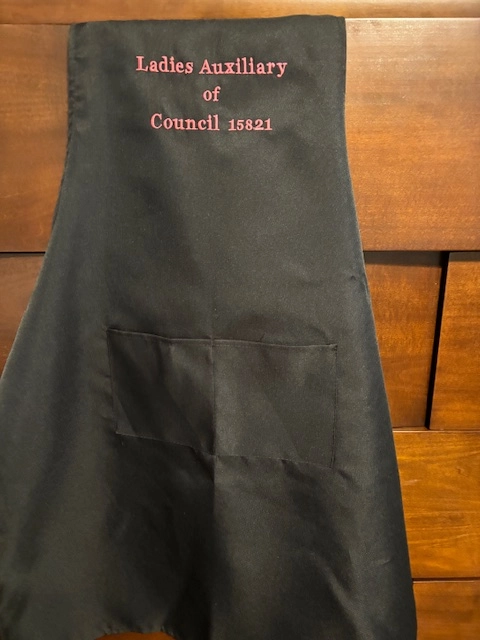The Art of Customized Embroidery: Opening the Tricks to Creating Unique and Unforgettable Layouts
The keys to creating customized needlework layouts that mesmerize the eye and leave a long lasting impact lie in a fragile balance of method, creativity, and interest to information. As we dive right into the world of custom-made needlework, we reveal the nuanced interaction in between thread selection, stitch intricacy, and design customization that boosts a plain garment to a job of art.
Choosing the Right Needlework Threads
When selecting needlework strings, what key variables should you take into consideration to make sure the finest outcomes for your custom-made designs? The selection of needlework thread is critical in establishing the final outcome of your stitched layout. Among the primary factors to consider is the material of the thread. Various materials such as cotton, polyester, rayon, and silk use varying degrees of shine, durability, and appearance. It is important to select a string product that matches the textile you are embroidering on and straightens with the desired look of the layout.
Additionally, the weight or density of the string plays a significant function in the look of the needlework. Thicker threads can add measurement and texture to your style, while finer strings are excellent for elaborate details and tiny message. Additionally, thinking about the shade fastness and washability of the string is essential to make sure that your personalized styles preserve their high quality and vibrancy in time. By very carefully assessing these elements and selecting high-quality strings that meet your certain demands, you can enhance the aesthetic charm and longevity of your stitched creations.
Exploring Different Stitch Methods
To explore the world of 'Checking out Various Stitch Strategies', one have to understand the details and nuances that each sewing method offers the art of needlework. Different stitch strategies not only add visual passion but likewise add to the general appearance and dimension of the style. One preferred stitch technique is the satin stitch, which includes closely jam-packed parallel stitches to develop a smooth and glossy surface, ideal for completing shapes and developing vibrant details.
On the various other hand, the backstitch is a versatile method usually made use of for laying out and adding fine details. It entails sewing backward to develop a strong line of embroidery. Additionally, the French knot stitch adds a responsive component to layouts, perfect for creating textured accents like blossom centers or ornamental touches.
Discovering various stitch strategies allows embroiderers to have fun with light, shadow, and depth within their designs, raising the visual charm and imaginative quality of their embroidery tasks. By mastering various stitching techniques, one can open limitless opportunities for producing special and unforgettable custom embroidery pieces.
Incorporating Personalized Design Components
Having discovered the ins and outs of different stitch techniques such as the satin why not try this out stitch, backstitch, and French knot, the emphasis now changes towards incorporating tailored style elements in personalized embroidery tasks. Customized design components play an important role in making needlework projects genuinely distinct and remarkable.
One more means to integrate personalized style components is by including icons or themes that hold unique meaning to the recipient or mirror their interests and individuality. As an example, including a favorite blossom, pet, or hobby-related sign can make the needlework design a lot more meaningful and customized. Additionally, selecting shades that resonate with the recipient or line up with the desired theme can even more improve the personalization of the needlework task.
Mastering the Art of Color Sychronisation
One secret element of shade sychronisation is recognizing color theory. This consists of recognizing just how different colors connect with each other, the feelings they share, and just how they official website can be integrated to create visually attractive layouts. By applying color concept concepts, embroiderers can create harmonious shade palettes that enhance the general appearance of the style.
Additionally, focusing on comparison is essential in color sychronisation. Making use of contrasting colors can help specific aspects of the layout pop, boost legibility, and produce an aesthetically dynamic embroidery piece. By grasping the art of shade control, embroiderers can elevate their designs and develop memorable pieces that resonate with clients and customers alike.
Enhancing Structure With Advanced Embroidery Stitches

Bullion knots, on the other hand, can be made use of to produce twisted, ropelike elements that include an elegant feeling to the needlework. Exploring with these advanced embroidery stitches permits you to press the boundaries of typical embroidery and develop truly special and aesthetically enticing appearances in your styles.
Verdict
In conclusion, the art of personalized embroidery includes a mix of choosing the ideal strings, discovering various stitch techniques, incorporating tailored layout elements, mastering color sychronisation, and enhancing structure with sophisticated stitches. By understanding and implementing these crucial elements, embroiderers can develop unique and unforgettable styles that showcase their imagination and ability. Needlework fanatics can open the secrets to creating stunning and bespoke pieces that stand apart and leave an enduring perception.
Comments on “Stitched Sports Teams Names and Numbers - Professional and Resilient”